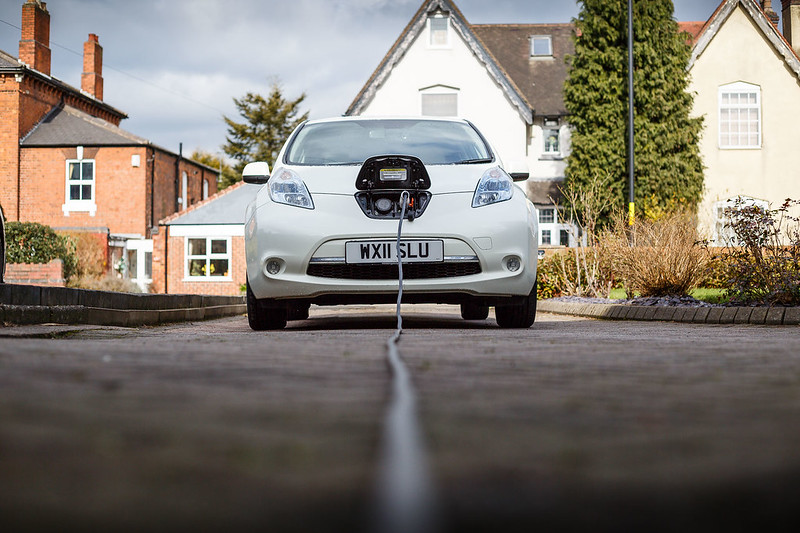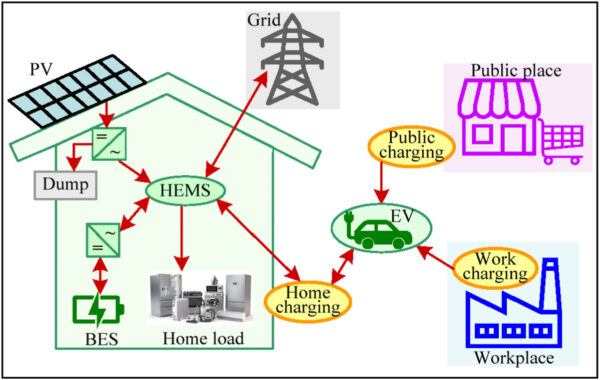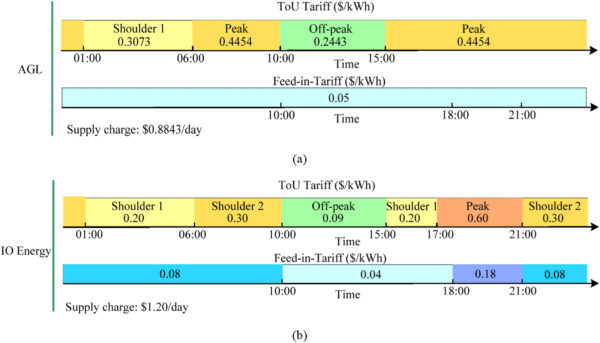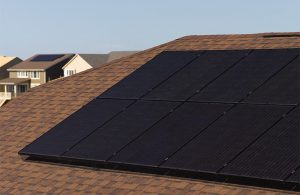How to integrate residential solar-plus-storage with vehicle-to-home systems – pv magazine International

Researchers from Australia have created a model to optimize the interaction between vehicle-to-home (V2H) systems and residential PV connected to battery storage. They claim V2H can help reduce the cost of energy by 16.7% for workplace charging and 25% for public charging.
Scientists led by the University of South Australia have developed an optimization method to reduce annual energy costs for households using Vehicle-to-Home (V2H) technology and rooftop PV.
V2H is an energy transfer model in which households can use their electric vehicle (EV) battery to power their home load.
“This study proposes a novel household energy cost optimization method for a grid-connected home with EV, renewable energy source and battery energy storage (BES),” they explained. “To achieve electricity tariff-sensitive home energy management, multi-location EV charging and daily driving demand are considered to properly schedule the EV charging and V2H events.”
The novel model assumes a home energy management system (HEMS) that decides whether to import or export energy to the grid based on prices. It can import energy from the grid, the BES, or the EV and export energy to all of them. In addition, it can import energy from a PV system and EVs located outside the house.
The model assumes that the system operates under time-of-use (TOU) tariffs, where pricing depends on demand. It adopts the TOU tariffs of two Australian utilities, AGL and IO Energy, compares them. The difference is that while IO offers higher peak prices than AGL, it also provides lower off-peak prices.
“When the PV generation exceeds the combined household consumption and EV charging demand, then the excess PV-generated power is first used to charge the BES; when the BES is fully charged, then the excess PV power is returned to the grid,” the researcher explained. “When the PV power output is less than the combined household consumption and EV charging demand, then the proposed HEMS strategy works in one of three ways based on three price periods within the TOU tariff.”

Image: University of South Australia, Renewable Energy, CC BY 4.0 DEED
According to the research team, the first way applies to the last hour of the off-peak period, and then power is imported from the grid. The second way refers to the rest of the off-peak period and times when tariffs are between peak and off-peak prices. Then, the BES is discharged to supply power to the home before importing from the grid.
The third and final method is activated at peak times. “First, V2H is activated to supply power to the home before discharging BES; when the designated lower limit of the EV’s state-of-charge (SoC) for V2H operation is reached, and the BES is fully discharged, power is imported from the grid,” the researchers explained.
In addition, the method rules that in the last hour of the off-peak pricing, the BES can be charged by both the PV and the grid and does not discharge at all. For the rest of the day, the system can be charged from excess PV generation and discharged to the home.
“Unlike the home BES, the charging and discharging of EV are constrained by additional variables, including users’ home departure and arrival times, daily travel distance, and parking locations. In this study, two usage types of residential EVs are examined: work EV and casual EV,” the research group added. “Work EV is a privately owned vehicle mainly used for commuting to/from work and parked at workplaces during working hours. Casual EV is a privately owned vehicle used for daily activities other than work (e.g., shopping, education, etc.) and will be flexibly parked in public parking places during the day.”
Furthermore, based on the work/casual EV profiles, the model presents a few operation scenarios. In scenario 1, the working user charges the EV at home on workdays and during off-peak on non-workdays. In scenario 2, the working user charges the EV at the workplace for free during working hours on workdays and at home during off-peak on non-workdays. In scenario 3, the casual user charges the EV at home during the off-peak on both workdays and non-workdays. In scenario 4, the casual user charges the EV at a public parking place for one hour daily on both workdays and non-workdays.
All the scenarios were defined under the assumption that charging is available for free for the first hour in public parking places.

Image: University of South Australia, Renewable Energy, CC BY 4.0 DEED
The above conditions were then inserted into a software simulation with a specific case study based on a household with a load of 17 kWh/day. The car chosen was a Nissan Leaf, with a daily travel distance of 37 km, based on the Australian average. Optimal PV capacity was calculated to be 4-8 kW and BES capacity was found to be 7-11 kWh, changing per the four usage scenarios described above.
“The results demonstrate that when out-of-home EV charging is available for free, then the use of V2H technology is more beneficial than home charging,” the researchers stated. “V2H can help reduce the cost of energy (COE) by 16.7% for workplace charging and 25% for public charging, both compared to the COE without the use of V2H.”
Those results are achieved for the AGL tariff, noted the researchers, as IO provided a slightly lower reduction. “The use of V2H energy transfer reduces the annual imported energy for all the out-of-home charging scenarios considered in this study, with a maximum possible reduction of 36% for the AGL TOU in the public charging scenario,” they added.
Their findings were presented in the study “Vehicle-to-home operation and multi-location charging of electric vehicles for energy cost optimization of households with photovoltaic system and battery energy storage,” which was recently published in Renewable Energy.
This content is protected by copyright and may not be reused. If you want to cooperate with us and would like to reuse some of our content, please contact: editors@pv-magazine.com.





